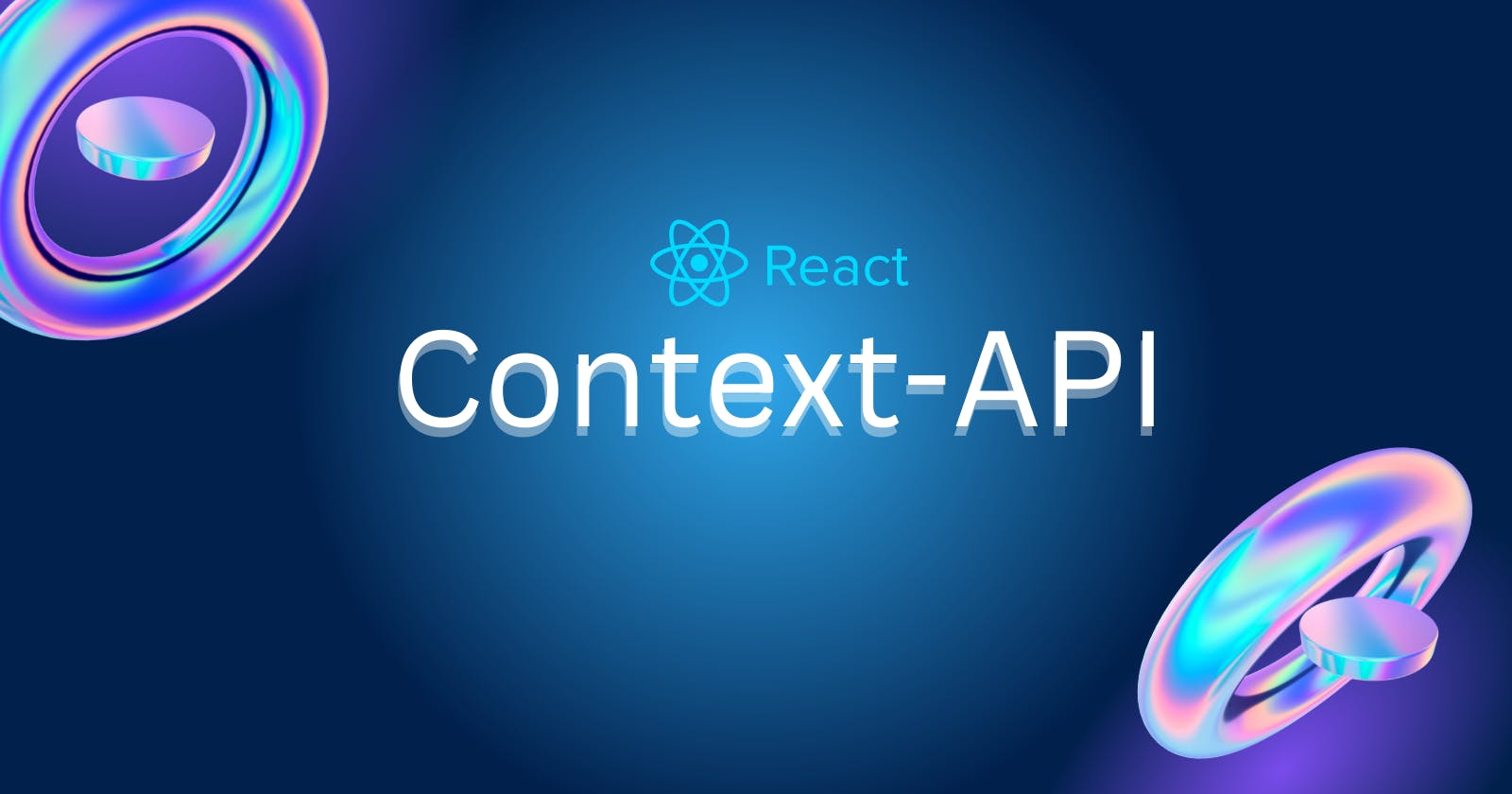React Context API: The Ultimate Guide for Efficient Data Sharing in React Applications
Are you tired of passing props down through multiple levels of components in your React applications? Say hello to the React Context API. This powerful tool allows you to share data between components without the need for prop drilling, making your code more efficient and maintainable. In this guide, we'll show you how to use the Context API to create scalable, reusable React components.
Introduction:
React Context API is a powerful tool that allows developers to pass data between components in a React application without having to use props. This can make code more efficient and reduce the number of props that need to be passed down through a component tree. In this guide, we'll cover the basics of the React Context API and how to use it in your applications.
Understanding React Context API:
React Context API is a way to share data between components without having to pass props down through every level of the component tree. It works by creating a "context" object, which can be accessed by any component in the tree that subscribes to it. The context object can hold any data that needs to be shared between components, such as state or configuration options.
One of the main benefits of using React Context API is that it reduces "prop drilling," which occurs when props are passed down through multiple levels of components. Prop drilling can lead to code that is difficult to maintain and update. By using the Context API, you can pass data directly to the components that need it, without having to worry about prop drilling.
Implementing React Context API:
To use the React Context API in your application, you'll need to create a context object and provide it to any components that need to access it. Here are the steps involved in implementing the Context API:
Create a context object: To create a context object, you can use the createContext() method provided by React. This method returns a context object that can be used to share data between components.
Provide the context object: Once you've created a context object, you'll need to provide it to any components that need to access it. You can do this by wrapping those components in a Context. Provider component, which takes the context object as a prop.
Consume the context object: To access the data stored in the context object, you can use the useContext() hook provided by React. This hook takes the context object as an argument and returns the data stored in the context.
Here's an example of how to create and use a context object in a React application:

Passing Data with React Context API: To pass data between components using the Context API, you can simply store the data in the context object and consume it in the components that need it. You can also update the data in the context object using state setters or other methods.
Here's an example of how to use the Context API for state management:

Conclusion:
In this guide, we covered the basics of the React Context API and how to use it in your applications. By using the Context API, you can pass data between components more efficiently and reduce the amount of code required for prop drilling.
you can now use the Context API in your React projects to create more maintainable and scalable applications.
Additional Resources: If you're interested in learning more about the React Context API, here are some additional resources:
React Context API documentation: reactjs.org/docs/context.html
Tutorial on using React Context API: taniarascia.com/using-context-api-in-react
Video tutorial on React Context API: youtube.com/watch?v=XLJN4JfniH4
I hope this guide has provided you with a solid understanding of the React Context API and how to use it in your applications. With this powerful tool in your toolkit, you can create React applications that are more efficient, scalable, and easier to maintain. Happy coding!

